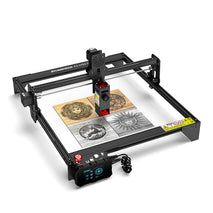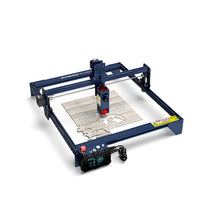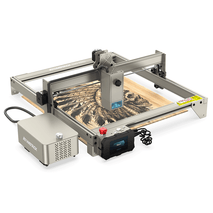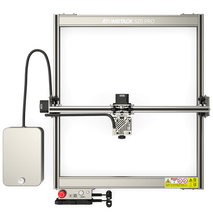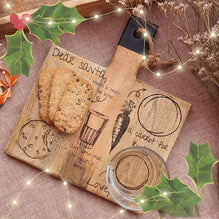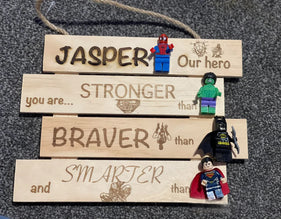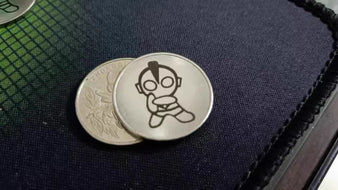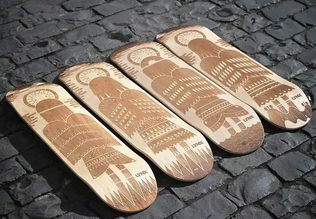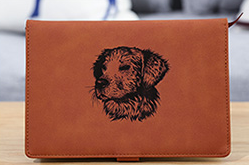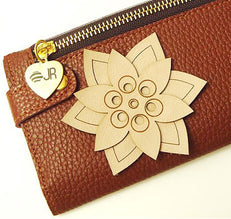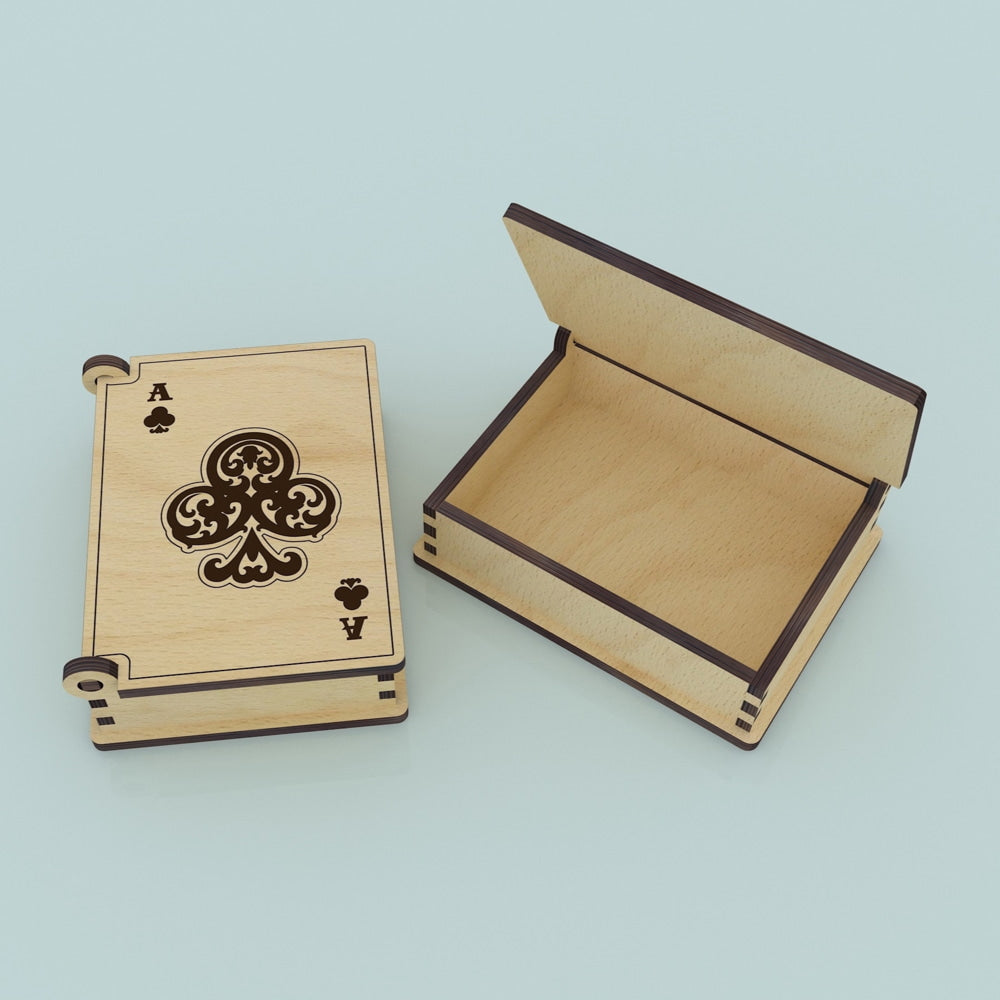
Safety Measures for Laser Engraving and Cutting Wood
Engraving on wood with a laser engraver is an exciting and rewarding process, but it is important to prioritize safety measures to prevent accidents. Before you start engraving, it's important to make sure your machine has the necessary safety features to protect you and your surroundings.
1. Flame detection
The first safety feature a wood laser engraving and cutting machine should have is flame detection. There is a risk of fire due to overheating. Therefore, the machine should be capable enough to detect flames, alert the user and stop immediately. It is necessary to prevent fire.
2. Security issues
When the machine is tipped over, the laser beams are directed in a random direction where they could damage objects, injure humans or start a fire. Therefore, there is a need for a safety feature that detects the tipping of the machine and stops it immediately.
3. Proper exhaust and ventilation system
Laser engraving and cutting produce various particles and fumes. Therefore, there should be a proper exhaust system. You may have to buy a separate router for your wood router, but it's worth it. Second, ventilation should be optimal to reduce the effects of fumes from carving and cutting wood, if not properly exhausted.
4. Never leave machines unattended
Whether you're running a laser engraving machine in your home, garage, factory, or anywhere else, you need to be vigilant. Never leave the machine unattended, as accidents can happen at any time. You have to be ready to deal with them.
Best Types of Wood for Laser Engraving and Cutting
For the best laser engraving or laser cutting results, you need to choose the right wood. While these machines are capable of carving different types of wood, you need to choose the best one by considering several factors.
It doesn't just depend on the type of wood, as internal properties are also important. Therefore, you will want to check the resin content, tone and streaks to ensure you are choosing the correct wood for your engraving project
Resin Content: If you want a deeper engraving, the wood should have a high resin content. For photolithography, the resin content should be low.
Shade: The shade of the wood should be light so that the carvings on it can be clearly seen. The lighter the shade, the better.
Streaks: Streaks occur naturally in wood. You want to make sure it's as negligible as possible, as it will affect the aesthetics of your engraving.
Some recommended wood types for carving are,
Basswood
cherry wood
Bamboo
Walnut
oak
pine wood
birch
mahogany
maple
plywood
MDF
Frequently Asked Questions When Using a Wood Laser Engraving Machine
Q1: Is there a learning curve to use a wood laser engraving machine?
There is a learning curve to using a wood laser engraver, but it is usually manageable for most users. It can take some time to become familiar with laser engraver software, learn about different laser settings, and learn how to prepare and position material. However, many laser engraver manufacturers, such as Atomstack, offer tutorials, user guides, and customer support to help users get started and improve their skills. Additionally, there are many smart and beginner-friendly laser engravers on the market that will get you up to speed quickly.
2. How long does it take to complete a typical wood carving or cutting project with a laser engraver?
The time it takes to complete a wood carving or cutting project with a laser engraver depends on several factors, including the complexity of the design, the size of the project, the type of wood, and the power setting of the laser.
3. How thick wood can laser engraving and cutting machines cut?
The maximum cutting thickness of laser engraving and cutting machines depends on the power of the machine and the type of wood being cut. Typically, a 33W diode laser engraver like the Atomstack S30 Pro can cut wood up to 20mm at a time. Keep in mind that denser woods may require more power or slower cutting speeds to achieve the desired thickness.
4. What other materials can the wood laser engraving machine engrave or cut besides wood?
Laser engravers can process a variety of materials besides wood, including acrylic, leather, fabric, glass, paper, cardboard, rubber, and some metals.
5. Can I laser engrave or cut painted wood?
Yes, you can laser engrave or cut painted wood. However, it is important to ensure that the coatings used are laser safe, as some coatings emit toxic fumes when heated by the laser. Also, the heat from the laser can cause the paint to discolour or burn, so it's crucial to test the process on a small sample before committing to a real project.
6. What safety precautions should be paid attention to when operating a laser engraving machine or cutting machine?
When operating a laser engraver or cutter, it is critical to prioritize safety by wearing laser-specific safety glasses, ensuring proper ventilation or using an exhaust system, and using only laser-safe materials. Never leave the machine unattended, keep the workplace clean and keep a fire extinguisher nearby. Turn off the laser when not in use, be careful with reflective materials, and follow the manufacturer's guidelines. Finally, ensure that all users are trained in proper use, maintenance and safety procedures. By following these basic precautions, you can minimize risk and create a safe working environment for all involved, while maintaining the performance and lifespan of your laser engraving or cutting machine.
1. Flame detection
The first safety feature a wood laser engraving and cutting machine should have is flame detection. There is a risk of fire due to overheating. Therefore, the machine should be capable enough to detect flames, alert the user and stop immediately. It is necessary to prevent fire.
2. Security issues
When the machine is tipped over, the laser beams are directed in a random direction where they could damage objects, injure humans or start a fire. Therefore, there is a need for a safety feature that detects the tipping of the machine and stops it immediately.
3. Proper exhaust and ventilation system
Laser engraving and cutting produce various particles and fumes. Therefore, there should be a proper exhaust system. You may have to buy a separate router for your wood router, but it's worth it. Second, ventilation should be optimal to reduce the effects of fumes from carving and cutting wood, if not properly exhausted.
4. Never leave machines unattended
Whether you're running a laser engraving machine in your home, garage, factory, or anywhere else, you need to be vigilant. Never leave the machine unattended, as accidents can happen at any time. You have to be ready to deal with them.
Best Types of Wood for Laser Engraving and Cutting
For the best laser engraving or laser cutting results, you need to choose the right wood. While these machines are capable of carving different types of wood, you need to choose the best one by considering several factors.
It doesn't just depend on the type of wood, as internal properties are also important. Therefore, you will want to check the resin content, tone and streaks to ensure you are choosing the correct wood for your engraving project
Resin Content: If you want a deeper engraving, the wood should have a high resin content. For photolithography, the resin content should be low.
Shade: The shade of the wood should be light so that the carvings on it can be clearly seen. The lighter the shade, the better.
Streaks: Streaks occur naturally in wood. You want to make sure it's as negligible as possible, as it will affect the aesthetics of your engraving.
Some recommended wood types for carving are,
Basswood
cherry wood
Bamboo
Walnut
oak
pine wood
birch
mahogany
maple
plywood
MDF
Frequently Asked Questions When Using a Wood Laser Engraving Machine
Q1: Is there a learning curve to use a wood laser engraving machine?
There is a learning curve to using a wood laser engraver, but it is usually manageable for most users. It can take some time to become familiar with laser engraver software, learn about different laser settings, and learn how to prepare and position material. However, many laser engraver manufacturers, such as Atomstack, offer tutorials, user guides, and customer support to help users get started and improve their skills. Additionally, there are many smart and beginner-friendly laser engravers on the market that will get you up to speed quickly.
2. How long does it take to complete a typical wood carving or cutting project with a laser engraver?
The time it takes to complete a wood carving or cutting project with a laser engraver depends on several factors, including the complexity of the design, the size of the project, the type of wood, and the power setting of the laser.
3. How thick wood can laser engraving and cutting machines cut?
The maximum cutting thickness of laser engraving and cutting machines depends on the power of the machine and the type of wood being cut. Typically, a 33W diode laser engraver like the Atomstack S30 Pro can cut wood up to 20mm at a time. Keep in mind that denser woods may require more power or slower cutting speeds to achieve the desired thickness.
4. What other materials can the wood laser engraving machine engrave or cut besides wood?
Laser engravers can process a variety of materials besides wood, including acrylic, leather, fabric, glass, paper, cardboard, rubber, and some metals.
5. Can I laser engrave or cut painted wood?
Yes, you can laser engrave or cut painted wood. However, it is important to ensure that the coatings used are laser safe, as some coatings emit toxic fumes when heated by the laser. Also, the heat from the laser can cause the paint to discolour or burn, so it's crucial to test the process on a small sample before committing to a real project.
6. What safety precautions should be paid attention to when operating a laser engraving machine or cutting machine?
When operating a laser engraver or cutter, it is critical to prioritize safety by wearing laser-specific safety glasses, ensuring proper ventilation or using an exhaust system, and using only laser-safe materials. Never leave the machine unattended, keep the workplace clean and keep a fire extinguisher nearby. Turn off the laser when not in use, be careful with reflective materials, and follow the manufacturer's guidelines. Finally, ensure that all users are trained in proper use, maintenance and safety procedures. By following these basic precautions, you can minimize risk and create a safe working environment for all involved, while maintaining the performance and lifespan of your laser engraving or cutting machine.
Older Post
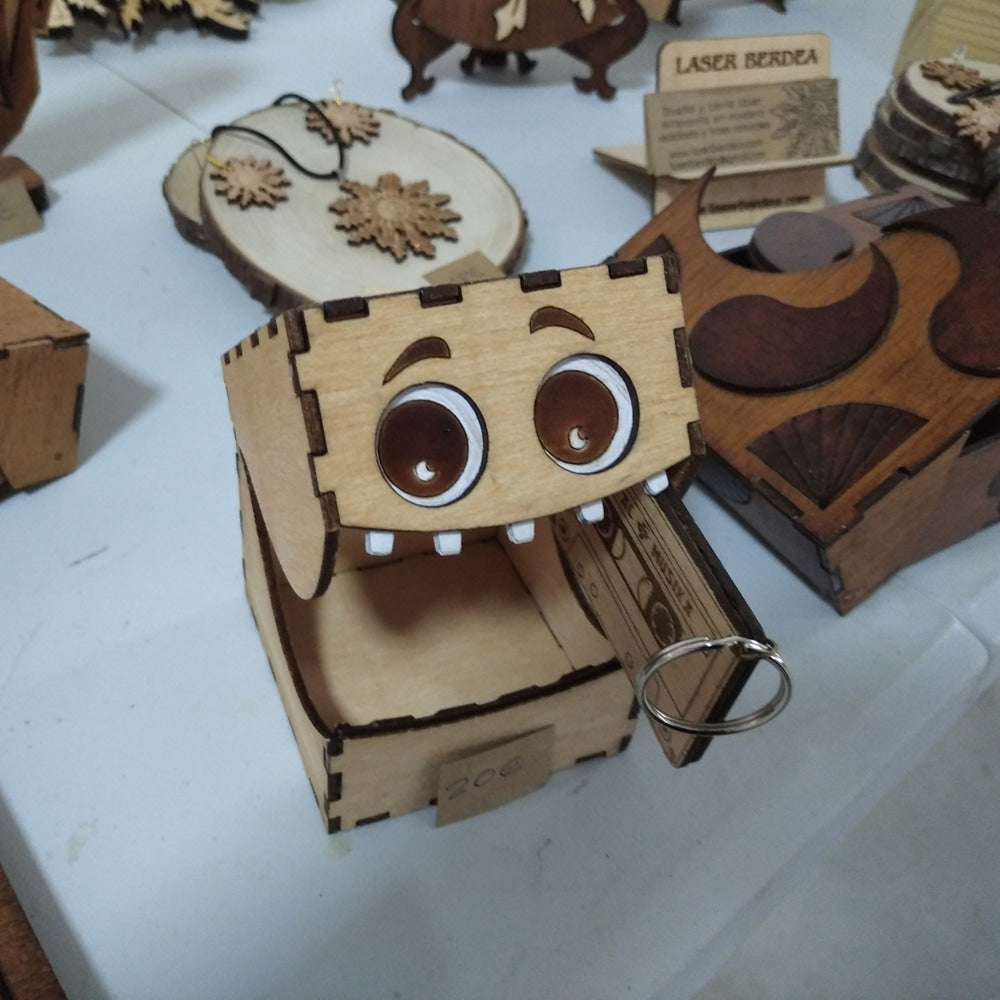 Newer Post
Newer Post
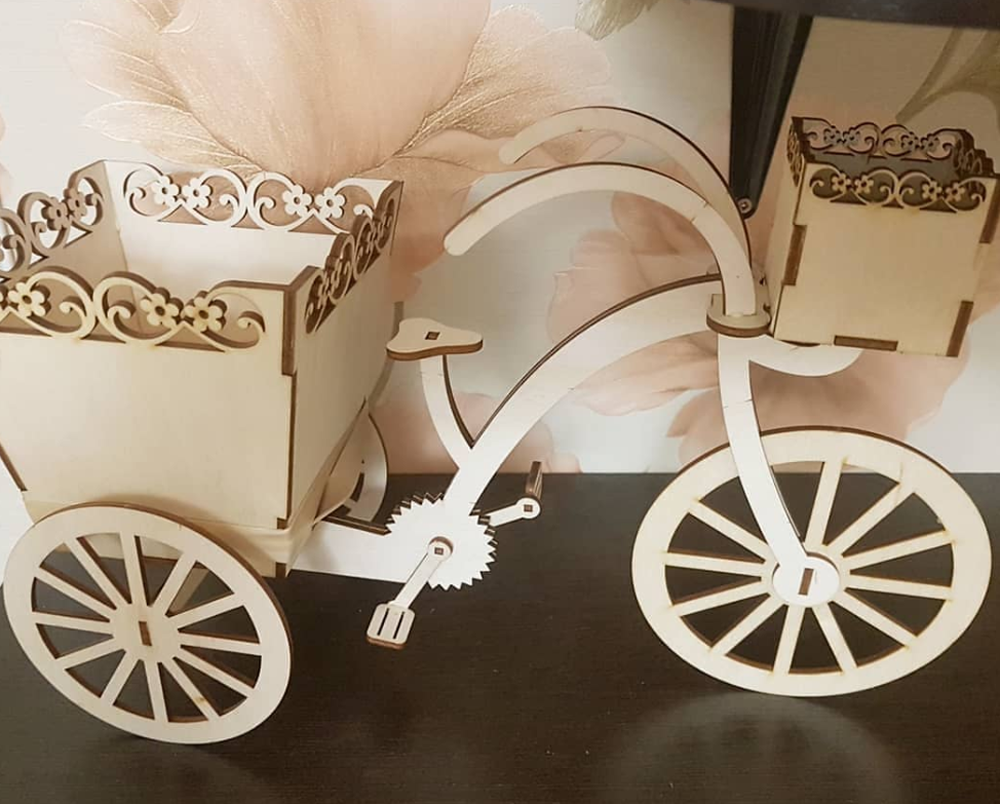
How much does a wood laser engraving and cutting machine cost?

Wood Laser Engraving for Beginners


